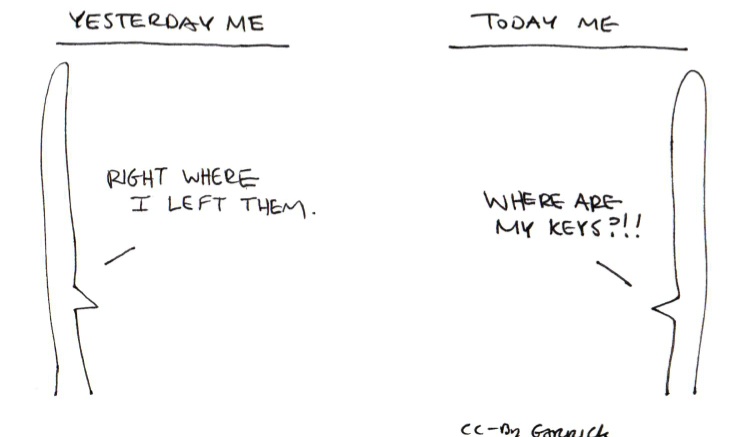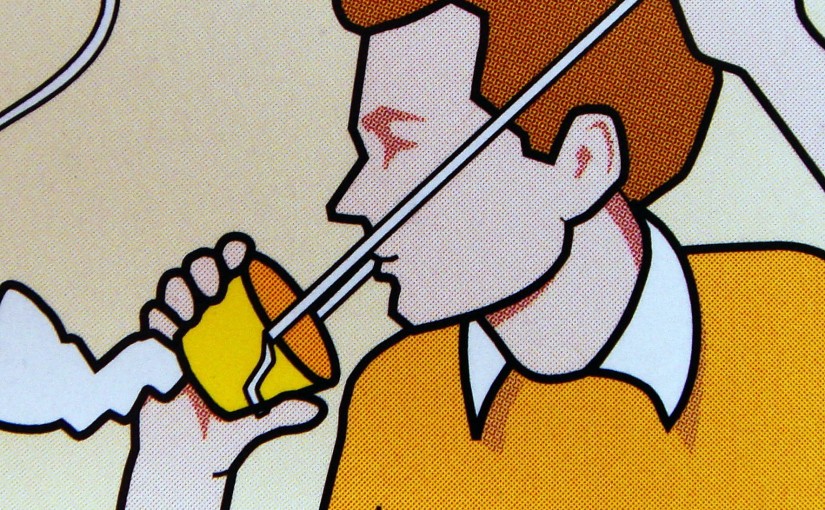Category Archives: Productivity
Where does the time go?
Time is the worst renewable resource. Absolutely the worst. Unlike coal or crude oil, time doesn’t even give you the option of not using it. Your time will be used whether or not you use it for anything deliberate, purposeful, or meaningful. Time continually evaporates. Completely ambivalent to you and your needs. While you can’t …
Make Mountains into Milestones
I recently returned from four refreshingly long days in Lutsen along the beaches of Lake Superior’s north shore. The weather was warm and calm enough to spend one of the mornings in a kayak. After scooting along the shoreline, our tour guide led us out in to the lake, far enough out that the shore …
Standing Desk II: The Chair Returns
For the past 4+ years I’ve lacked an office chair – at my $20 standing desk. Over that time, the only significant change was upgrading the monitor. Over that time, my work has shifted to more paper-based and whiteboard-based work (less screen work). The standing desk setup, while fantastic for keeping me from being sedentary …
Habit Forming
“Look further down the road, you’ll have more time to prepare.” – my driver’s ed instructor I floss my teeth every morning. For at least a decade, I didn’t. I had my excuses. None of them sound. Then, about 2 years ago, I had a bit of a tooth scare and committed to finding a …
How I Learned to Get Up Before My Kids
Despite a bad habit of staying up until 2am most nights, I hadn’t used an alarm clock for at least 6 years. Likely a decade. When I was up that late actively working on a project (versus binge listening to music or watching Netflix), I’d joke my ‘second day’ was from 8pm – 2am. Yes, …
No Client Work Before Lunch
Patrick and I have been meeting for a Monday morning coffee for years now. It’s an excellent way to start the week. As good as it is, it still fell by the wayside when my new daughter was born. Once we reconvened, he asked me what I found valuable about our conversations. Without thinking I …
How to Empty Your Email Inbox
TL;DR: The calendar is the vessel, not the inbox. According to my email service, I receive approximately 1 non-spam message for every 4 spam messages. Everyday 400 obviously unwanted messages are destroyed for every 100 allowed through. Many of those 100 are easy enough to delete as well. Over the course of any given day, …
Quiet Days are the Second Hardest
TL;DR: Over the past year, I’ve been trying to increase the routine and rhythm in my day for one primary reason – increase and improve creative energy. Essentially, reduce my daily cognitive load for daily tasks thereby increasing the chances of ‘shower thinking’ throughout the day. Everyday, immediately after I step out of the shower, …
$20 Standing Desk
I’m no longer frustrated that I’m not comfortable in the chair – I got rid of it. A couple months back, I started a serious and deliberate re-work of my office. While the introduction of a monitor extension arm helped – I was still uncomfortable. By the end of the day, I was achey, cranky, …


